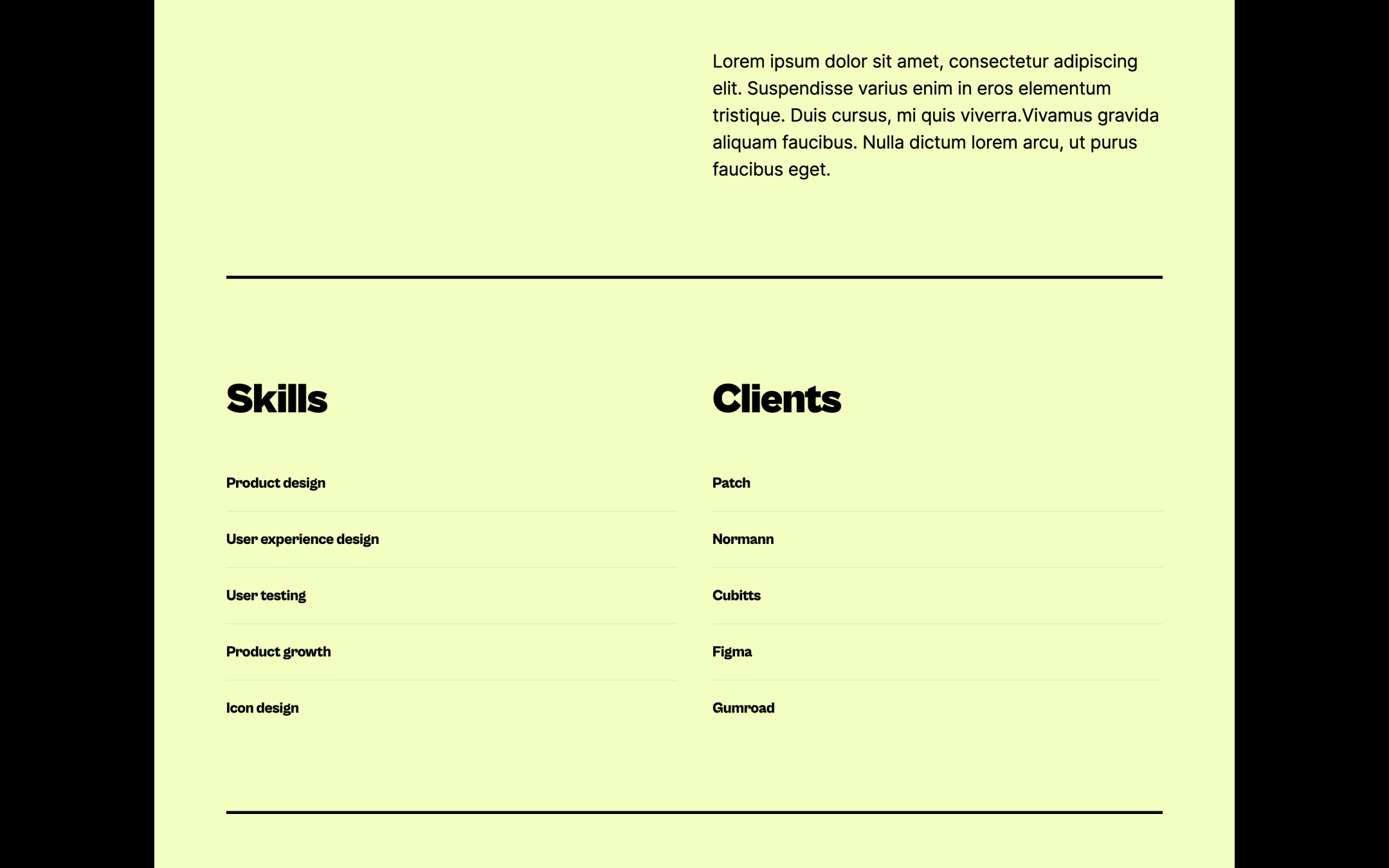Cloudflare
Overview
As Director, Digital Marketing at Cloudflare, I am responsible for leading the planning, forecasting, and optimization of an eight-figure global media investment. My team supports sales-led growth (SLG) across multiple go-to-market motions, with the core goal of turning digital into a scalable growth engine—one that could generate reliable, high-quality pipeline while improving operational efficiency and agility. In my time at Cloudflare I've transformed digital from a siloed, channel-first structure into a full-funnel system designed for revenue impact.
My Role
Focus Areas
Year
2022-Present

Process
Strategic Foundation: From Fragmented Tactics to Full-Funnel Impact
One of my first priorities was establishing a unified full-funnel strategy that could support both acquisition and expansion motions across key segments. This meant deeply aligning media, CRO, and analytics with the broader GTM ecosystem—across marketing, product, sales, and operations.
Key initiatives included:
- Rebuilding campaign architecture to track outcomes across awareness, engagement, and conversion stages
- Redesigning lead flow processes and attribution models to increase signal quality
- Creating connected KPIs that reflected true revenue contribution, not just top-of-funnel metrics
Result: A 62% year-over-year increase in opportunity volume generated by digital marketing programs.
This strategy was built around accountability: every dollar spent, every test run, and every campaign launched was directly tied to business outcomes, not just vanity metrics.
Rapid Media Efficiency Gains: 42% in 90 Days
Cloudflare’s paid media performance had room for improvement. Within my first 90 days, I launched a focused optimization sprint that involved deep analysis of budget allocation, vendor effectiveness, creative performance, and geo segmentation.
I:
- Cut underperforming placements and paused low-intent campaigns
- Reallocated budget toward high-performing audiences and territories
- Introduced intent-tiered audience segmentation and platform-specific optimization
- Built dashboards that reported on ROI, not just spend or impressions
Result: A 42% increase in paid media efficiency within the first quarter.
Efficiency wasn’t about shrinking budget—it was about unlocking capacity. The optimization work allowed us to reinvest in higher-yield initiatives while improving predictability in our media planning cycle.
Conversion Optimization as a Strategic Multiplier
Driving more traffic is only valuable if you can convert that demand into revenue. I prioritized conversion rate optimization (CRO) as a core pillar of the performance strategy, treating landing pages, ads, and CTAs as assets to be constantly tested and refined.
My team:
- Built a conversion experimentation roadmap tied to pipeline KPIs
- Introduced behavioral insights from analytics tools to inform landing page changes
- Aligned CRO testing with buyer journey stages and persona segments
- Partnered with sales to ensure downstream quality, not just form fills
Result: A 34% increase in paid media conversion rate within two quarters.
Rather than optimizing for MQL volume alone, we focused on sales-ready conversion—ensuring every test moved the needle on down-funnel opportunity creation.
Operational Efficiency: Cutting Cost Without Slowing Down
Improving performance wasn’t limited to media spend. I drove a holistic cost realignment strategy across our digital stack—covering internal resourcing, agency partnerships, tooling, and production workflows.
This involved:
- Auditing every dollar spent across people, partners, and platforms
- Consolidating vendors and reducing duplicated roles
- Shifting agency compensation from retainer-based output to performance-based outcomes
- Reallocating team bandwidth to high-leverage work and automation
Result: A 112% reduction in operating costs within the first six months, with improved campaign throughput.
This created margin for experimentation without increasing headcount or budget—unlocking speed and scale simultaneously.
Standing Up a Global Center of Excellence
To sustain scale and reduce inconsistencies across teams, I launched a Digital Center of Excellence (CoE) focused on performance marketing. The CoE centralized our best practices, governance, QA processes, and channel strategy into one repeatable system.
It included:
- A shared campaign framework and launch playbook
- A unified taxonomy for naming, tagging, and tracking
- Standardized reporting and dashboard templates
- Enablement sessions for regional teams to deploy localized programs within global guardrails
Result: A 25% acceleration in time-to-launch for key campaigns.
The CoE reduced reliance on ad hoc problem-solving and unlocked repeatable velocity for enterprise, product, and PLG campaign types alike.
Aligning the GTM Engine: Brand, Demand, and Sales
Driving performance in a vacuum is a missed opportunity. I built strong bridges between brand, demand gen, product marketing, sales, and field teams—ensuring that digital became a force multiplier across every motion.
Specific wins included:
- Launching enterprise campaigns with coordinated messaging, targeting, and follow-up
- Embedding digital into ABM and outbound efforts through orchestrated plays
- Partnering with sales enablement to improve lead routing and follow-up velocity
- Coordinating go-to-market planning with brand and comms for awareness + performance synergy
Result: A 40% lift in targeted pipeline value across priority segments including financial services, SaaS, and public sector.
This proved that when brand and demand are harmonized—especially in complex GTM motions—results are both faster and more durable.
Data Infrastructure and Forecasting Uplift
To create a truly accountable growth system, I led the development of an upgraded data and analytics infrastructure for marketing. This gave us better visibility into performance, pacing, and planning across the funnel.
Key capabilities:
- Media investment and planning powered by Skai (Kenshoo)
- Marketing data piped into BigQuery, transformed and modeled for forecasting
- Tableau dashboards for campaign pacing, opportunity creation, and conversion performance
- Forecast models tied to pipeline contribution and quarterly planning targets
Result: A 30% improvement in forecasting accuracy and greater executive trust in marketing data.
This infrastructure enabled weekly optimization, cross-functional insights, and executive-level transparency—essential for long-range planning and agility in-market.
Speed as Strategy: Compressed Campaign Timelines
One of the most underrated growth levers in modern marketing is speed. By centralizing operations, optimizing resources, and aligning GTM efforts, we were able to launch strategic campaigns faster than ever before.
- Reduced campaign build timelines by more than two weeks
- Improved cross-team turnaround on briefs, content, approvals, and QA
- Enabled rapid-response launches around product updates, earnings, and strategic themes
Result: Priority campaigns activated in under 6 weeks from concept to pipeline generation.
This speed allowed Cloudflare to compete in noisy markets, launch with precision, and capitalize on windows of opportunity with confidence.




Outcome
At Cloudflare, I built a digital marketing system that was scalable, predictable, and fast. The success came not from silver bullets—but from designing a system where each piece reinforced the others: funnel design, performance optimization, CRO, GTM integration, and analytics all tied together to deliver growth.
This work wasn’t just about hitting quarterly numbers—it was about building a growth engine that could adapt, accelerate, and endure as the company scaled.